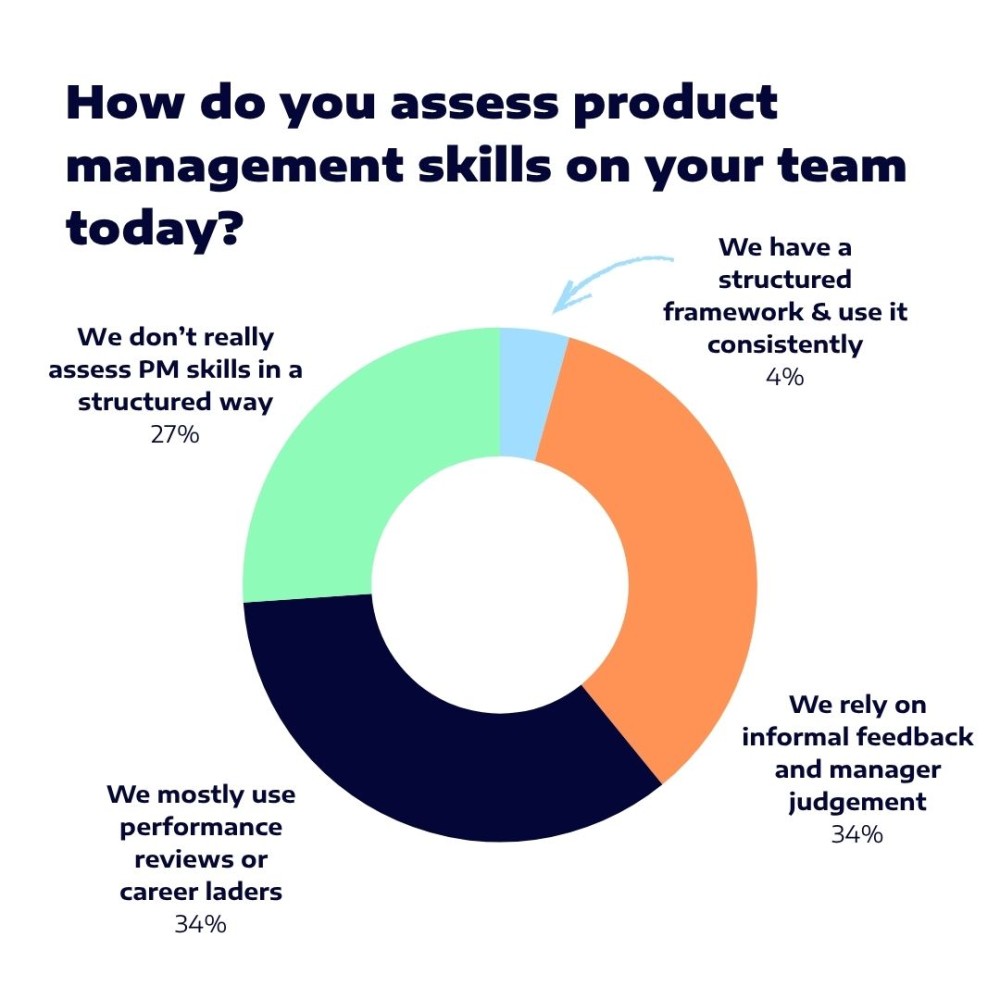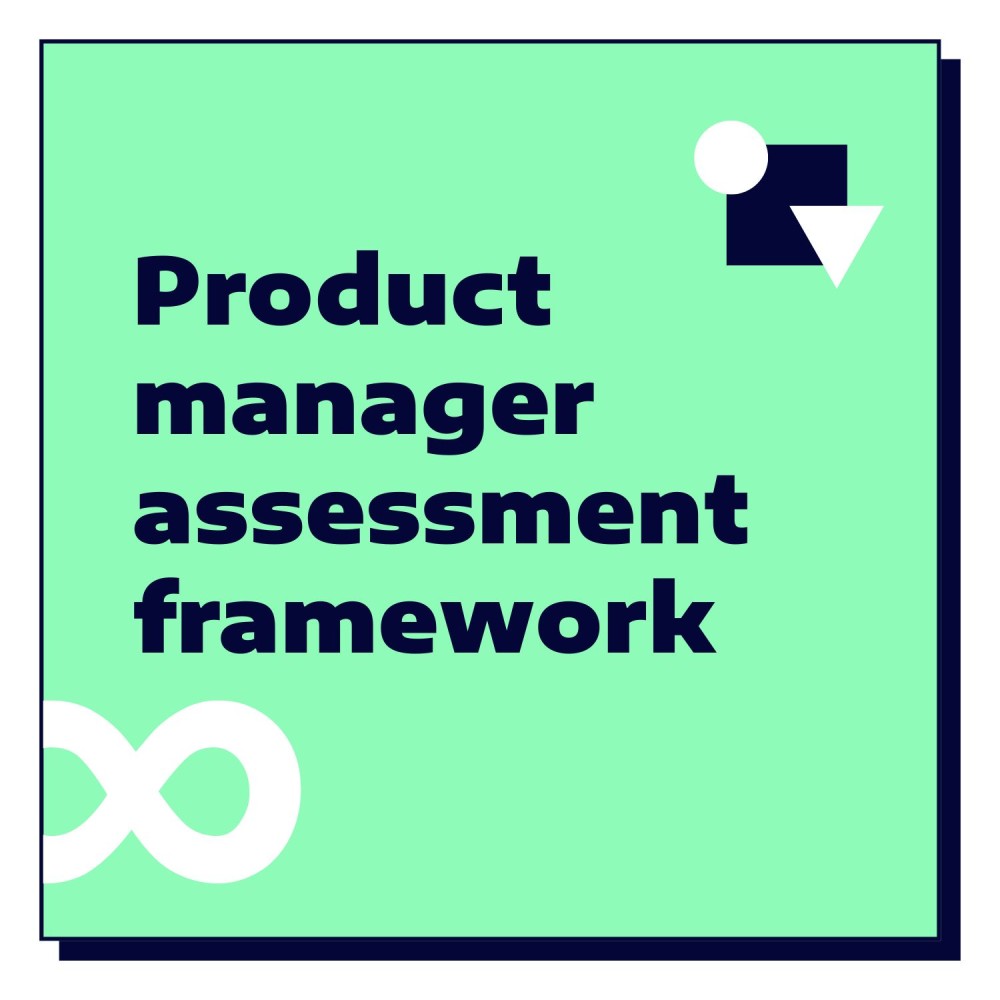Hey!
Welcome to your monthly dose of product wisdom, straight from the dualoop team.
This month’s theme? Focus, clarity, and courage.
We talk about what happens when strategy’s missing (and how to survive it), share the framework that keeps teams from drowning in priorities, and unpack how Esko scaled, stumbled, and evolved through 17 years of product bets.
There’s also a few things to smile about: icebreakers that actually work, a training that’s changing how PMs learn, and events that’ll keep your product brain buzzing all month long.
Let's dig in 👇
🚨 What's up in product?
“We don't need a strategy, we know what to build anyway.”
Sound familiar? We hear many teams say this, and to be honest, you don't need a strategy to survive. In fact, it often feels better at first: nobody's arguing about direction, and things move faster.
But as you scale, the more you build, the harder it becomes to know what matters. Think of it like inflating a balloon: at first, any feature you add covers significant ground. But as the surface area grows, that same effort covers less and less space. The chance of building the right thing drops exponentially.
Signs it's not working
Your numbers might still look fine, but if you look closer:
- The same project might appear under three different names
- Two teams celebrate opposite results as wins
- "We're focusing" means the priority list just got longer
- Roadmaps are just feature lists with no clear “why”
- Nobody measures impact
When you can't control outcomes, you end up controlling outputs. And when you can't control outputs, you control timelines. That's how micromanagement starts.
What good PMs do
The best product managers don't wait for strategy to arrive. They act like a salmon (yes, a salmon 🐟): they swim upstream, follow clues, ask questions, connect the dots.
“You should take a systematic approach to get that clarity that you need in order to move forward." - Timoté Geimer, CEO at dualoop
Ask for context:
- “What problem are we solving with this?”
- “What outcome do we expect?”
- "How will we know if it worked?"
Don't challenge yet, just ask. Nobody can blame you for wanting clarity.
Track impact anyway: Nobody stops you from measuring what you build. Add trackers, collect data, and come back with real insights about what happened and the impact
Build your understanding: Have coffee with sales, talk to CS, listen to customers. Write down what you learn, test your assumptions. The more you understand the organisation, the earlier you'll be invited into decisions.
Make reasoning visible: When you share insights, you're helping. Share what worked, what didn't, and why. Over time, people will trust you more and involve you sooner.
Read the full article to explore what it means to work without a strategy, and how PMs can still shape direction.
✅ The dualoop prioritisation quadrant
When everything is a priority, nothing gets done. Many start six things and finish none, or spend weeks reacting instead of progressing.
That’s why at dualoop, we use a fractal prioritisation quadrant. It’s a simple rule:
→ Each team is assigned up to 3 key initiatives per quarter.
→ These initiatives are defined as problems to solve, not features to deliver → Each initiative receives a different share of team attention (1/2, 1/4, 1/8) → The remaining ~12.5% of capacity is left for ad hoc needs or business reactivity.

It’s a visual, recurring structure that works at every level, team, initiative, or even leadership.
Not all problems are equally strategic or complex. This model forces you to choose where to go deep and where to stay lighter. It also protects you from context-switching and last-minute fire drills.
📎 We break down how it works and how to apply it to your team. Get the quadrant
⭐️ In the spotlight
.jpg)
Most product managers didn’t study product management, they learned by doing (and often, by struggling).
We built a product management training that mixes real tools, hands-on practice, and just enough theory to make it all make sense. It’s designed for anyone in and around product who wants to lead better, collaborate smarter, and understand how product really works.
Here’s what past participants say about it:
- “The perfect balance between theory and practice.”
- “Really dynamic, it really covers A to Z.”
- “Immediately useful. I already want to try some of it with my team.”
- “A great mix of profiles, it gave me new perspectives.”
- “I’d recommend it to anyone who works with PMs, not just PMs themselves.”
The next session is on 1–2 December in Brussels and there are still a few spots left!
Breaking the ice 🧊
Retros are meant to be honest, energising, and useful. But let’s face it, on a Friday afternoon, they often feel like the last obstacle before the weekend.
Meallie In-Suy shares small but powerful ways to make retros less awkward, more human, and actually worth looking forward to. From scavenger hunts to stretch breaks, these icebreakers help teams connect, even through a screen.
🧐 What really drives product success?
Buy. Build. Fail. Learn. Repeat.
Jijo Dominic (VP Product at Esko) recently shared 3 stories behind 17 years of product bets. Here’s what stood out:
The blue ocean success: Esko launched a new product in a mature, saturated space. Instead of competing on the same value drivers as others, they shifted the game, removing complex, expensive features and focusing on fast onboarding and practical value. This “blue ocean” move opened up an underserved segment and helped the product scale to global adoption.
The failed acquisition They acquired a company whose product seemed like a perfect fit. Same users, same industry, clear synergies. But post-acquisition, the product never found its place. Internally, there was no clear strategy for it. Teams were confused, priorities scattered, and after years of effort, it was quietly shut down. The lesson: good products still need a strategic role to thrive.
Building AI capabilities As AI became increasingly relevant, Esko didn’t just bolt it on, they built a new team from scratch. Jijo described how they hired engineers with AI backgrounds, gave them the room to explore, and integrated them gradually into the product organisation. No AI hype, just careful, structural investment in new capabilities.
The takeaway? Product success depends on alignment between product, business, and org structure.
⚡️ Don't miss it
Here’s where you can learn, connect & grow with us:
Product Day
Conference | Nov 6th & 14h | Ghent & Louvain-la-Neuve
We're co-organising this year's Product Day, the go-to event where product managers, founders, and digital product teams get together. Expect deep dives and talks around transformation by Elia, N-Side, and more! Register here
Inside Product Leadership at Adobe
Webinar | Nov 13th | Linkedin Live
We’re sitting down with Nicolas Liatti, Senior Director of Product at Adobe, for an inside look at how empowered teams built award-winning 3D products and helped make Adobe a global leader in 3D creation. Register here
Product apéro - Building AI-native products
Event | Nov 20th | Brussels
Most product teams today are told they need AI, but very few are shown how to make it work for the user, for the business, and for the team. Tey Bannerman will break down what he’s learned while leading AI implementation across global industries. Register here
Product matching night
Event | Nov 27th | Brussels
Join our after-work where product leaders connect with career shifters who just completed dualoop’s 6-week intensive Product Management training. It’s a unique opportunity to meet new PM talent, exchange perspectives, and strengthen the Belgian product community. Register here
Product management training
Training | Dec 1-2nd | Brussels
Level up your PM skills during our renowned 2-day, hands-on session! Register here
More in November…
- Product Management Festival | Zurich, Switzerland | Nov 5-6
- Web Summit | Lisbon, Portugal | Nov 10-13
- Digitale Leute Summit | Cologne, Germany | Nov 12-13
- Pendomonium | London, UK | Nov 13
- Slush | Helsinki, Finland | Nov 19-20
👀 Answers to last month's poll

🙌 If you missed it

We built a framework to give leaders a structured way to assess product managers effectively. It's build around seven competencies:
- Strategy
- Discovery
- Delivery
- Leadership
- Marketing
- Analytics
- Business acumen
Put together, they give a map of where someone is strong and where they need support.
